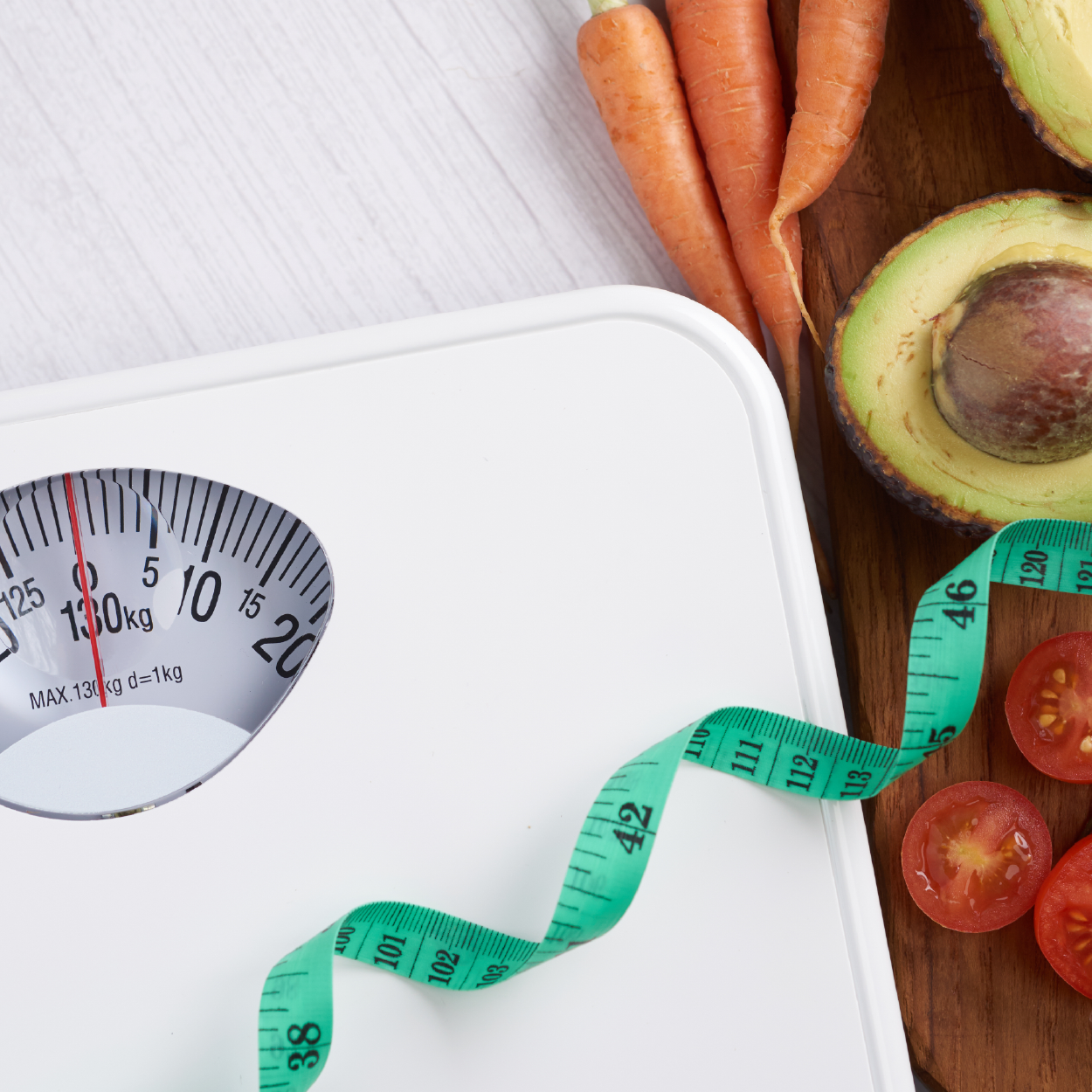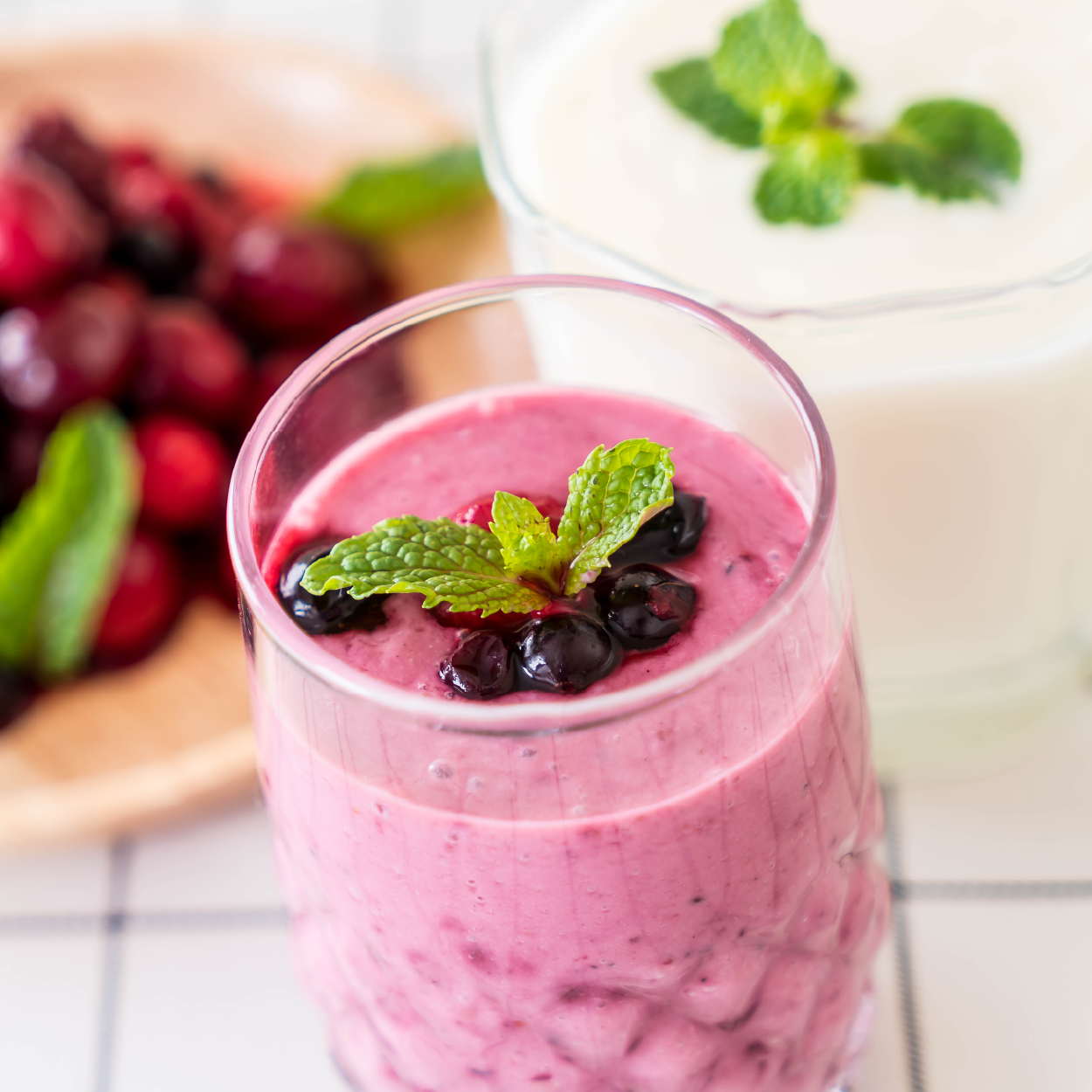In the table below, alternative milks are compared with skim milk. As you can see, original unsweetened almond milk has the lowest calories for one cup, containing only 30 calories, however it also only contains 1g of protein. Coconut milk contains no protein. Almond milk and coconut milk have similar calorie amounts.
If you are looking for a higher protein, non-dairy option then soy milk would be the most comparable to cow’s milk. There are higher protein options for coconut and almond milk now, but they are still lower than cow’s milk. If choosing a non-dairy option, remember save calories and extra sugar by choosing plain flavors opposed to vanilla or chocolate flavors.
How does non-dairy choices affect your glucose levels? Ask your meter. Check you blood glucose 2 hours after your meal and see if there is a difference in your levels when trying new milks. The non-dairy milks do offer an alternative for individuals that are lactose intolerant or for those that may have an allergy to milk. If you would like to try an alternative milk, but do not want the added ingredients, try making your own almond or coconut milk! Listed below is a recipe for almond milk. Keep in mind it will not have the added Vitamin D and calcium.
| Types of Milk | Serving Size | Calories per Serving | Total Carbohydrates per Serving | Total Fat per Serving | Protein per Serving | Ingredients |
|---|---|---|---|---|---|---|
| Almond Original Milk | 1 cup | 60 | 9 g | 2.5g | 1g | Filtered water, almonds, evaporated cane juice, calcium carbonate, sea salt, potassium citrate, carrageenan, sunflower lecithin, Vitamin A, palmitate, Vitamin D2, d-alphatococpherol (natural vitamin e) |
| Almond Original Unsweetened Milk | 1 cup | 30 | 1g | 2.5g | 1g | Filtered water, almonds, calcium carbonate, sea salt, potassium citrate, carrageenan, sunflower lecithin, natural flavor Vitamin A palmitate, Vitamin D2, d-alphatococpherol (natural vitamin e) |
| Original Coconut Milk | 1 cup | 80 | 7g | 5g | 0g | Filtered water, coconut cream, cane sugar, natural flavor, carrageenan, yam flour, calcium carbonate, vitamin a palmitate, vitamin B12, Vitamin D2 |
| Original Unsweetened Coconut Milk | 1 cup | 45 | <1g | 4.5g | 0g | Filtered water, coconut cream, natural flavor, carrageenan, yam flour, calcium carbonate, vitamin a palmitate, vitamin B12, Vitamin D2 |
| Soy Milk Original | 1 cup | 110 | 9g | 4.5g | 8g | Water, soybeans, cane sugar, sea salt, carrageenan, natural flavor |
| Soy Milk Unsweetened | 1 cup | 80 | 3g | 4g | 7g | Water, soybeans, sea salt, carrageenan, natural flavor |
| Cow’s Skim Milk | 1 cup | 90 | 13g | 0g | 8g | Milk |
Print Serves: 5 cups
Ingredients
•1.5 cups whole blanched almonds or other whole raw almonds
•4 cups water
•1 tsp vanilla extract
•1.5 tbsp maple syrup or honey (optional)
•dash cinnamon
Instructions
1. First thing, soak the almonds. I like to use whole blanched almonds because they already have the papery, slightly bitter almond skins removed. If you don’t have blanched almonds you can either blanch them yourself, or use regular almonds. They work just fine, but you might have to strain your milk a little more carefully to get all the skins out. At any rate, the most important characteristic is that your almonds are raw, not toasted.
2. Cover the almonds with water, and soak them for at least 4 hours, or overnight. This softens them and makes them much easier to blend.
3. Once they’re soft, it’s time to milk those suckers. Strain the water from the almonds, and place the soaked almonds in your blender. Add 1.5 cups of water. We blend them with less water in the beginning, so they become a really smooth paste.
4. Blend the almonds and water for 1-2 minutes. If your blender is weak like mine, you’ll probably need to stop a few times and move things around with a spatula. Do not be alarmed that your almond milk starts out looking like chunky baby food. This is all part of the plan.
5. After a few minutes, you should have a beautiful smooth puree, like this. However, we’re not making almond puree, so we need to keep going. Now you can add in the cinnamon and maple syrup or honey.
6. Add in the remaining 2.5 cups of water. Blend everything together for another 2-3 minutes, until it is completely smooth and frothy. Taste the milk, and adjust the vanilla, cinnamon, and sweetener to taste. You might also find that a pinch of salt brings out the other flavors in the milk.
7. At this point the milk could technically be finished–after all, you have a substance with the color and consistency of milk, right? But all the almond solids in the milk tend to give it a chalky texture, so for a smoother, more creamy product we’ll strain the almond milk.
8. Place 3 or 4 layers of cheesecloth over a metal strainer set over a bowl. The strainer or a single layer of cheesecloth wouldn’t strain the almond milk well enough, since it’s so well-blended. Pour the almond milk through the strainer into the bowl. You might have to do this part in batches, depending on the size of your strainer and bowl. Use a spoon or spatula to press down on the strainer and move the solids around, to help the almond milk through the cheesecloth.
9. Once most of the milk has passed through the strainer, gather up the cheesecloth and gently squeeze it to remove excess liquid. You’ll be left with really fine almond meal inside the cheesecloth. You can discard it, or you can dry it out in a very low oven and use it in place of almond flour in baking recipes!




